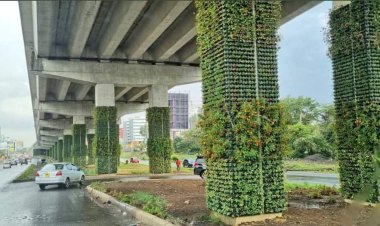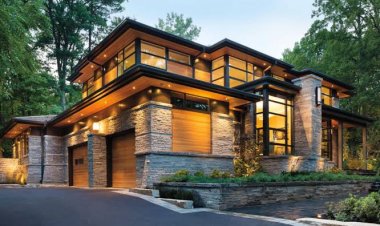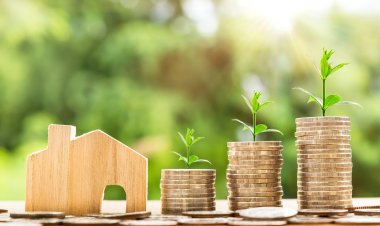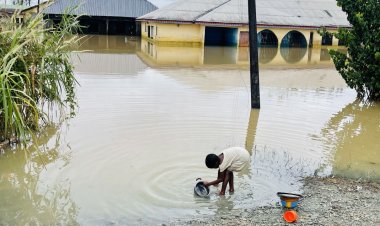Africa Navigating Climate Challenges to Build Sustainable and Resilient Cities
For African cities, a lot has to be done for them to attain maximum sustainability. 70 percent of African cities have high vulnerability to climate shocks.
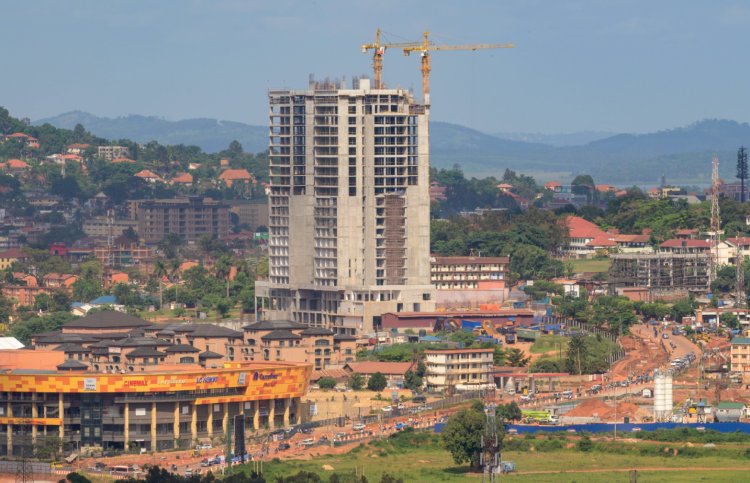
While cities play a pivotal role in the economies of many countries, the effects of the climate change crisis have placed several African cities in distress of its consequences
Three decades ago, international climate negotiations began when doubts lingered about human activities causing planetary changes.
Today, climate change poses a significant threat to our well-being, the planet, and the ecosystems we depend on.
Despite scientific calls for urgent action, a substantial gap exists between recommended measures and implemented strategies. The window of opportunity to secure a liveable and sustainable future for all is closing rapidly.
For African cities, a lot has to be done for them to attain maximum sustainability. 70 percent of African cities have high vulnerability to climate shocks.
African cities, facing high vulnerability to climate shocks, witness the impacts firsthand. Rapid urbanization, with an estimated 60 percent of Africans residing in cities by 2050, intensifies the challenges.
Recent disasters, like Cyclone Idai in Mozambique on March 14, 2019, were category 2 storm. Its heavy rains and strong winds led to flash flooding, hundreds of deaths, massive losses of property and crops, and catastrophic flooding in Libya, underscoring the urgent need for resilient urban planning.
African cities, on the frontlines of climate change, grapple with unevenly distributed risks.
Low-lying coastal zones and areas along rivers face increased susceptibility to flooding, while settlements on steep slopes become more vulnerable to landslides.
A report from the Intergovernmental Panel on Climate Change Working Group III revealed that Africa has contributed to 11 percent of greenhouse emissions growth since 1990. The world is in African urban areas.
According to the Intergovernmental Panel on Climate Change, global greenhouse gas emissions must begin dropping within the next three years in a pathway that limits warming to 1.5 degrees Celsius.
Immediate action is crucial for these pathways. Rapid, deep emissions reductions over the next three decades are imperative.
Without limiting carbon emissions, securing climate finance, and facilitating the free flow of knowledge and technology into Africa, the opportunity to build climate-resilient African cities may slip away.
While there are some signs of progress, such as the $8.5 billion pledged by the US, the UK, Germany, France, and the EU to assist South Africa in transitioning away from coal, this falls short of the necessary support for substantial change.
In an article written by experts from the International Institute for Environmental and Development and ICLEI Africa, a global network of 2,500 odd local and regional governments committed to sustainable urban development, it was highlighted that as the years go by the distribution of climate risk in African cities will be uneven.
“African cities are at the frontlines of the triple planetary crisis of climate change, nature and biodiversity loss, pollution, and waste. However, our cities also have the power to address these challenges while increasing the resilience of their citizens and their infrastructure.” Said UNEP Executive Director Inger Andersen.
The experts put forth that low-lying coastal zones and areas along rivers could become more susceptible to flooding, and settlements on steep slopes could be more vulnerable to landslides following intense precipitation.
Speaking during the high-level event organized by the African Union Commission, the United National Development Program, and the United Nations Human Settlement Program during Africa Climate Week, Gatkuoth Kai, the Technical Coordinator of the Disaster Risk Reduction Unit at the African Union Commission, said most reports on disaster events in Africa had indicated that African cities are significantly impacted.
“In the light of climate change, disaster risks are high, and the consequent losses are most prevalent in urban areas,” Kai said
Robert Vigotti, the secretary general of RES4Africa, a foundation that works in support of Africans' just energy transition, noted in a recent article that African nations still have their work cut as they strive to put into action the objectives of SDG11, which relate to making cities and human settlements inclusive, safe and sustainable.
“Perhaps the most obvious challenge is represented by poor infrastructure. Although African governments have pledged to implement their initiatives in pursuit of sustainable cities and communities, the reliance on outdated or insufficient infrastructure has proven to hinder achieving SDG11,” he wrote
“This is because poor infrastructure can contribute to energy waste, limited access to renewable energy, and inefficient water and sewage systems, hindering the possibilities of sustainable development.”
He further explained that while sustainable technologies like solar power, energy-efficient construction, and green buildings were prominent solutions to help reach SDG 11, their affordability is still an issue for African countries.
“The expensive cost of these solutions could potentially stunt the progress of green cities in Africa if not properly provided with subsidies and financial support.”
Several climate analysts agree that building and consolidating resilient urban economies in Africa will be paramount in the years ahead.
Nairobi County Governor Johnson Sakaja recently urged African cities at the African Climate Summit 2023 Pre-Summit to use green construction to mitigate the effects of climate change.
“We need green constructions to meet our climate goals and grow our economy and resources.”
Sakaja also stated that the Nairobi city government, in collaboration with the Kenya Green Building Society, had completed a preliminary International Finance Corporation Excellence in Design for Greater Efficiencies (IFC-EDGE) building assessment of the governor’s office, making it the first IFC-EDGE green government building in Africa, if not the world.
“If we truly intend to build and rehabilitate greener, more resilient buildings and cities, we need to lead by example,” he said.
With all the climate challenges and green building proposals, several African countries, such as Senegal, Tanzania, and Ethiopia, have recently established green urbanization initiatives to demonstrate their commitment to attaining SDG11 and pursuing climate-neutral urban economies.
Senegal initiated a scheme to minimize energy expenses by installing energy-saving technologies in public buildings nationwide, including energy light bulbs, solar panels, and air conditioning.
In Ethiopia, the government developed a blueprint for Addis Ababa, the capital city, to promote sustainable growth through energy efficiency, cleaner infrastructure, green areas, and data-driven decision-making.
Tanzania has also made significant gains towards green urbanization in recent years, with a plan to lower air pollution levels in Dar es Salaam by boosting enforcement of a new generation of public transport vehicles.
These initiatives, including recent calls for urban residents to assume responsibility and assist in building sustainable cities that can deal with climate shock, show that Africa is trying to promote sustainable urban development and achieve the UN’s SDG 11.
“Cities are engines of economic development. Africa must do more to secure the long-term development of its cities and human settlements. As the Executive Director of UN-Habitat started in her World Habitant message, “the power to transform the lies within each of us,” said Nagawa.
If you have a real estate press release or any other information that you would like featured on the African Real Estate Blog Post, do reach out to us via email at [email protected]










